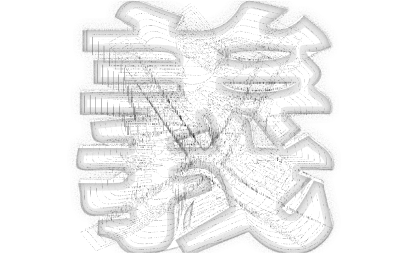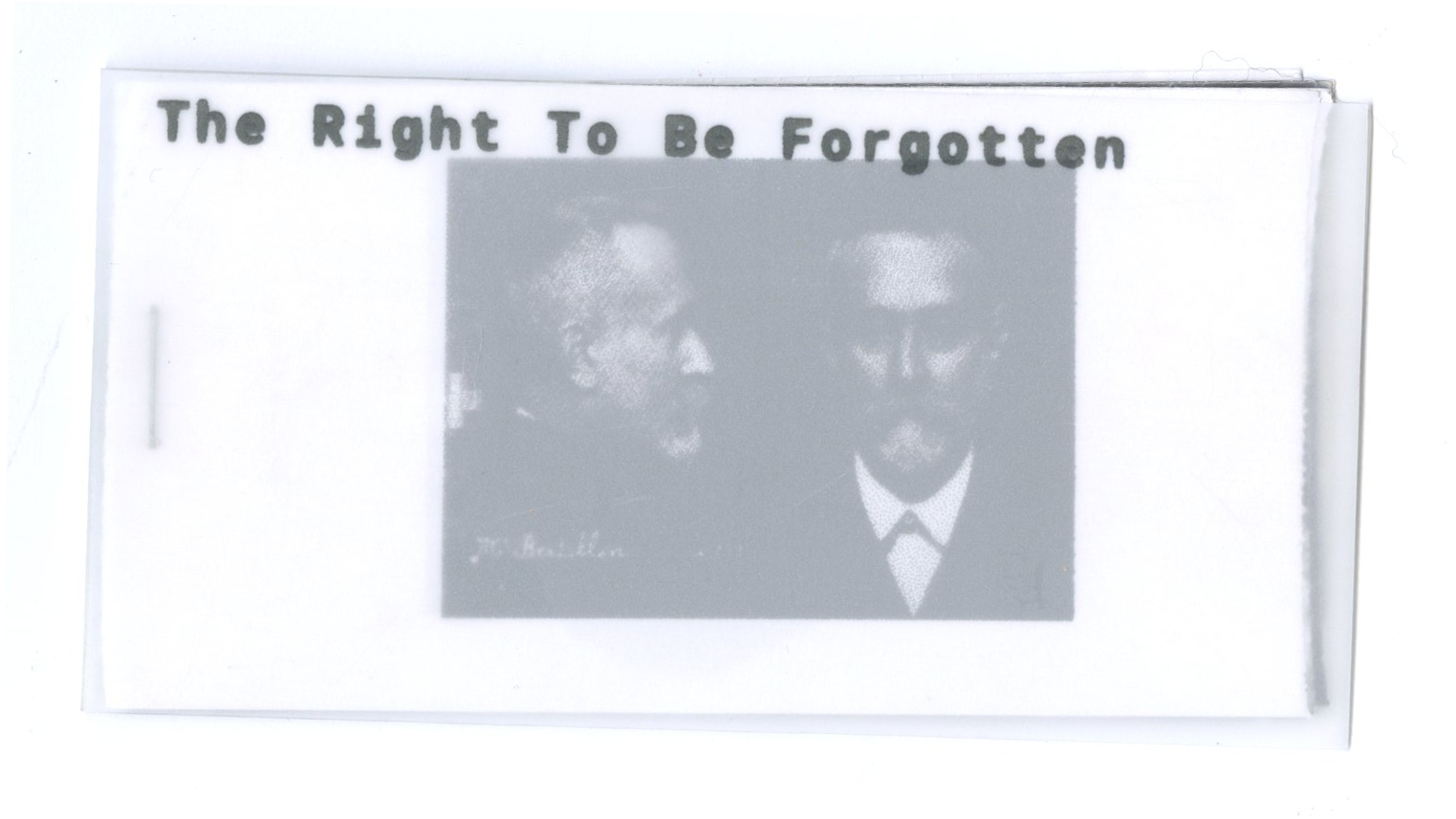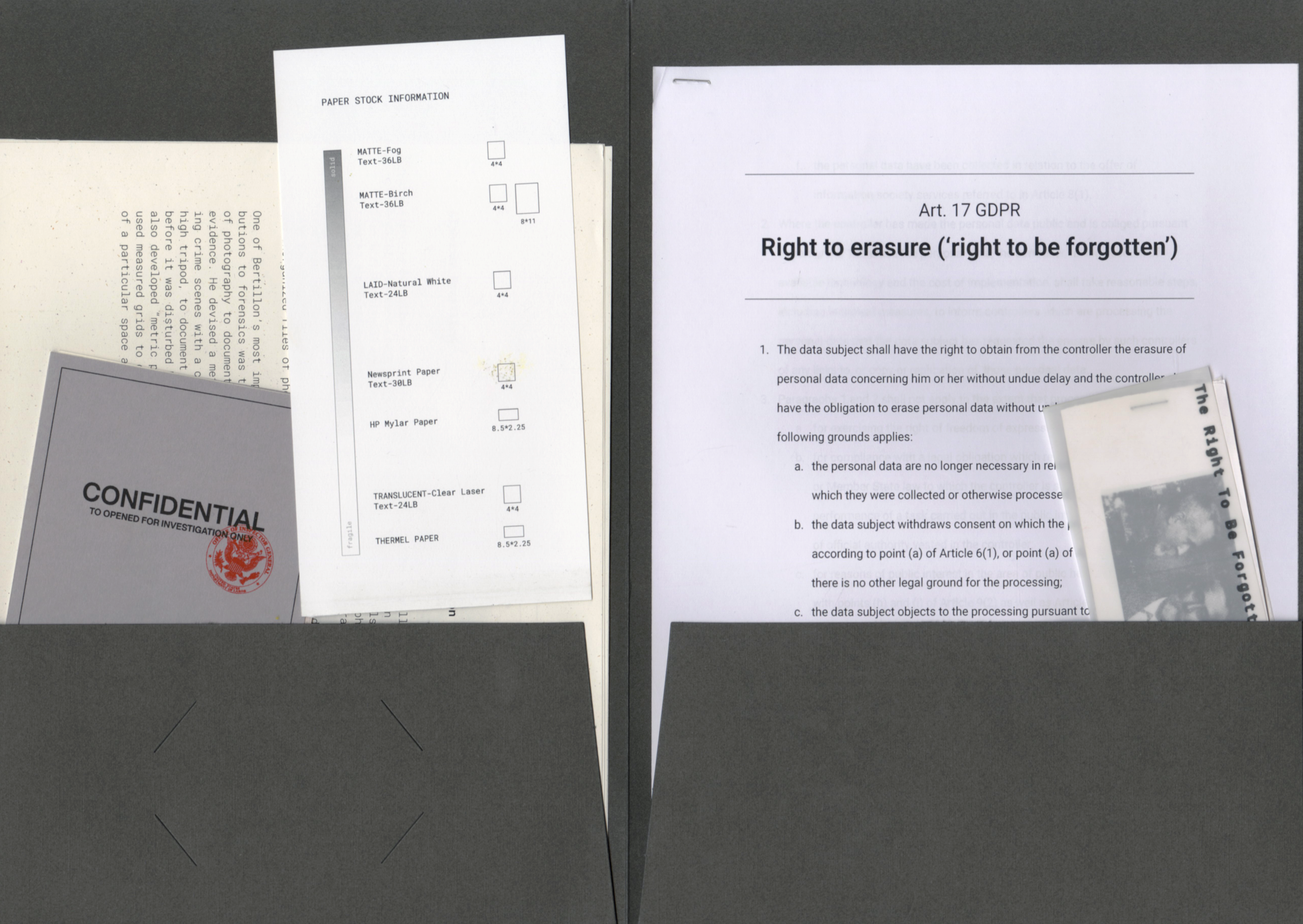For my first experiment,
I dived into specific occasions across three disciplines to closely identify, observe and study both the acts of preserving and not-preserving : their intention, mechanism and consequences.
Specifically, I did three cases studies on subject across three disciplines: language, natrual science and social science. Graphic works and small artifacts are created as supplements of my studies in order to bring abstract concepts into physical form, visualize a narrative or just provide some textual context of the subject. And each of the case study they came out as a kind of package or archive.
Specifically, I did three cases studies on subject across three disciplines: language, natrual science and social science. Graphic works and small artifacts are created as supplements of my studies in order to bring abstract concepts into physical form, visualize a narrative or just provide some textual context of the subject. And each of the case study they came out as a kind of package or archive.
CASE 1
The Simplication of
Chinese character
The Simplication of
Chinese character
In the 1950s, shortly after coming to power, the Communist Party of China undertook huge
educational reforms, aiming to foster
economic growth by
improving literacy. As part of these
reforms, the Chinese
government introduced
two rounds of Chinese character
simplifications
since 1956.
This case study is presented in a trifold brochure: the cotent is split across two sides of the brochure, implying that the simplication of Chinese characters can be viewd as both an act of preserving and not preserving.
![]()
![]()
![]()
![]()
![]()
On one hand, the simplified version did preserve the language by enabling more people to learn it relatively quickly. It contributes to the spreading of the language and enlarging literacy for people from poor educational background. On the other hand, since the meaning of characters was diminished through homophonic substitutions and over-simplified compositions, the language is at the same time not-preserved: the simplified version greatly reduces the ideological and cultural connotations of the Chinese language.
![]()
![]()
![]()
![]()
![]()
Assembled as a trifold booklet:
![]()
![]()
![]()
![]()
![]()
![]()
This case study is presented in a trifold brochure: the cotent is split across two sides of the brochure, implying that the simplication of Chinese characters can be viewd as both an act of preserving and not preserving.





On one hand, the simplified version did preserve the language by enabling more people to learn it relatively quickly. It contributes to the spreading of the language and enlarging literacy for people from poor educational background. On the other hand, since the meaning of characters was diminished through homophonic substitutions and over-simplified compositions, the language is at the same time not-preserved: the simplified version greatly reduces the ideological and cultural connotations of the Chinese language.





Assembled as a trifold booklet:






CASE2
Animal specimen: killing or preserving?
Animal specimen: killing or preserving?
The second cases study lies on discusses human ‘s action of making and collecting animal specimens for the purpose of scientific research.
On one hand, specimen-making discloses human’s desire to know, collect and catalog things, and these knowledges are gained through the bodies of animals that is obtained through killing. A real event happened in 2015 when American scientists tracts down one of the world’s rarest birds and then kill it for research, which draws outrage from the public.
![A flyer designed for a public signage against this action:]()
A flyer designed for a public signage against this action:
![]()
One the other hand, collecting and studying an animal specimen is a scientific method that allows us to learn more about the species. This matters a lot when determining the location of new reserves for endangerous animals, as well as defining the extinction risk of a population or species. Therefore, ironically, killing an animal was the only way to best preserve it in the future.
![]()
A map on bird diversity and their habitant across the earth, which is gained through specimen-collecting.
![]()
Packaged as a archive:
![]()
On one hand, specimen-making discloses human’s desire to know, collect and catalog things, and these knowledges are gained through the bodies of animals that is obtained through killing. A real event happened in 2015 when American scientists tracts down one of the world’s rarest birds and then kill it for research, which draws outrage from the public.

A flyer designed for a public signage against this action:

One the other hand, collecting and studying an animal specimen is a scientific method that allows us to learn more about the species. This matters a lot when determining the location of new reserves for endangerous animals, as well as defining the extinction risk of a population or species. Therefore, ironically, killing an animal was the only way to best preserve it in the future.

A map on bird diversity and their habitant across the earth, which is gained through specimen-collecting.

Packaged as a archive:

CASE3
To forget or not?
To forget or not?
The third case study lies on the subject of criminology and the development of identification system in order to keep record of a person’s information and actions.
When photography was invented, a new identification system was developed by Alphonse Bertillon using photographic archival method to classify and measure specific facial and bodily characteristics of criminals. This preservation method had changed the history of criminology.
To illustrate this concept more clealy, I make a small booklet incorporating the Bertillon system, showing the development of this system through different paper choices.
![]()
![]()
![]()
However, there’s a concept lying against preserving a person’s record, which has been discussed and put into practice in several jurisdictions in European countries. It is called The Right To Be Forgotten, which is the right to have private information about a person be removed from Internet searches and other directories under some circumstances. The issue has arisen from desires of individuals to "determine the development of their life in an autonomous way, without being perpetually or periodically stigmatized as a consequence of a specific action performed in the past."
I used thermal paper to visualize this process of forgetting.
![]()
![]()
![]() I also included several “offcial” document to give some content for this package.
I also included several “offcial” document to give some content for this package.![]()
When photography was invented, a new identification system was developed by Alphonse Bertillon using photographic archival method to classify and measure specific facial and bodily characteristics of criminals. This preservation method had changed the history of criminology.
To illustrate this concept more clealy, I make a small booklet incorporating the Bertillon system, showing the development of this system through different paper choices.



However, there’s a concept lying against preserving a person’s record, which has been discussed and put into practice in several jurisdictions in European countries. It is called The Right To Be Forgotten, which is the right to have private information about a person be removed from Internet searches and other directories under some circumstances. The issue has arisen from desires of individuals to "determine the development of their life in an autonomous way, without being perpetually or periodically stigmatized as a consequence of a specific action performed in the past."
I used thermal paper to visualize this process of forgetting.


 I also included several “offcial” document to give some content for this package.
I also included several “offcial” document to give some content for this package.